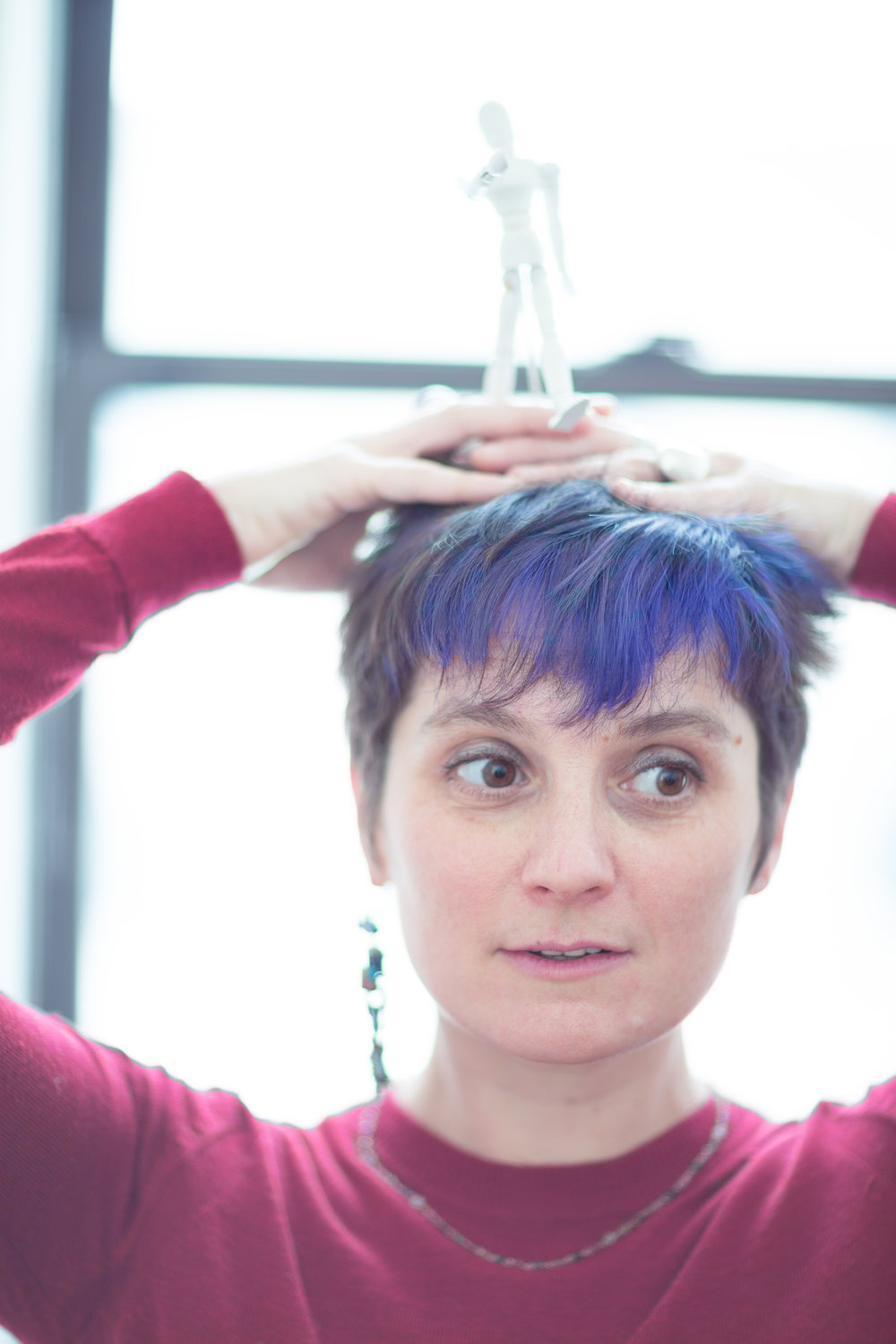During the session on January 24 2020 we looked at simple molecules like water, glucose and fructose.
Read MoreDuring the session on 01.17.20 we studied the Electron Transport Chain (ETC). The ETC is a series of complexes that transfer electrons from electron donors to electron acceptors via redox reactions.
Read MoreDuring the session on 1.10.20 we studied important chemical reactions that are taking place inside the mitochondrion.
Read MoreWe have been learning the details of a human cell.
Read MoreLydia, our scientist, has filtered through many possible visual explanations in the web to what your kids learn about the human cell
Read MoreThe mitochondrion is a double membrane bound organelle. It is found in most Eukaryotic organisms. Mature blood cells do not have them. Other unicellular organisms like microsporidia have reduced or transformed their mitochondria into another structure. Only one Eukaryote is known to have lost its mitochondria, the monocercomonoides.
Read MoreDuring the third session we continued to study enzymes. Enzymes are called by the name of the reaction they catalyze.
Read MoreThis week we studied Enzymes, their task in the cell, their structure, and the conditions that can affect their activity; temperature, pH, concentration.
Read MoreWhat makes a cell to be a cell? Which qualities does it need in order to be called a living cell?
Read MoreIn the third “Art and Chemistry” workshop we looked at 3D objects of art with focus on plaster as the medium
Read MoreThis week’s “Art and Chemistry” with Katya Popova we explore imprints and transfers
Read MoreKatya Popova, who recently participated in an “Arts and Chemistry” session at Cogitania, is multidisciplinary artist, working at the intersection of physical texture, shadow, and sound.
Read More











